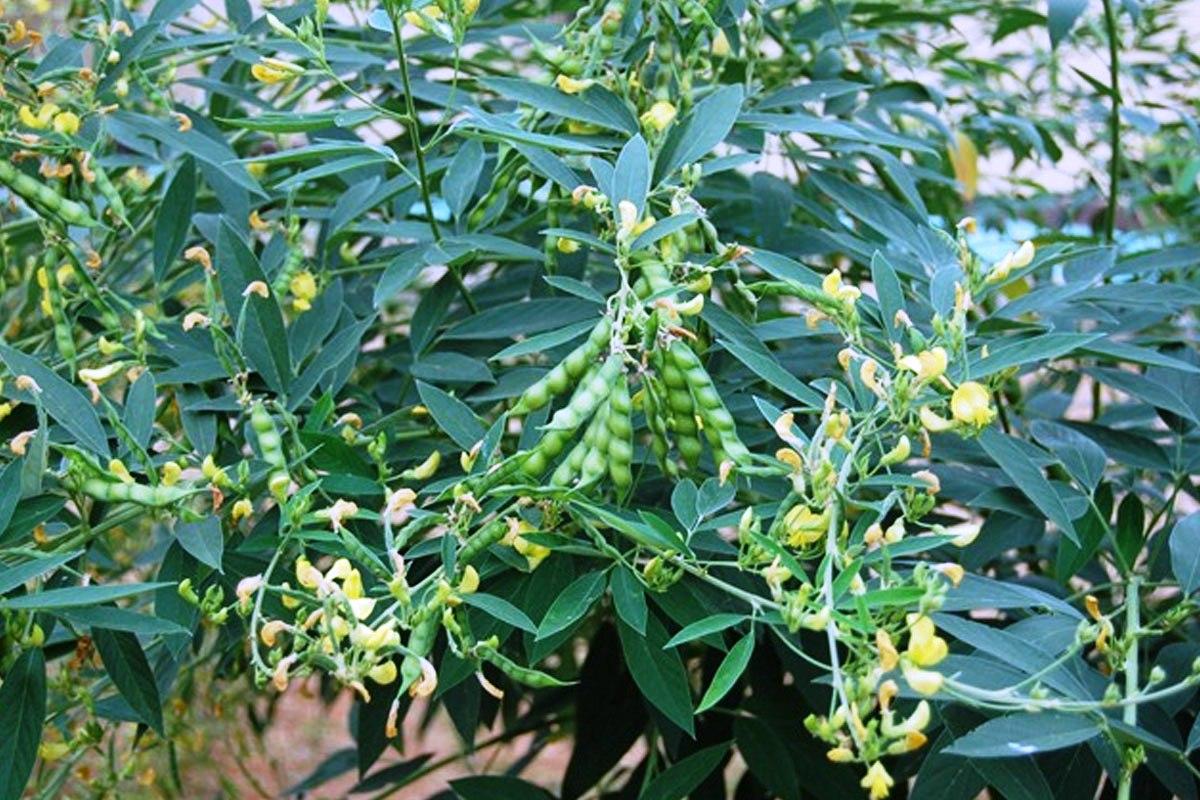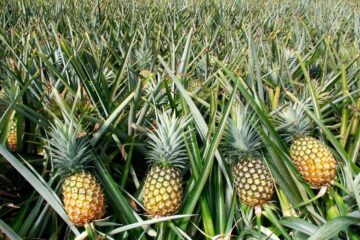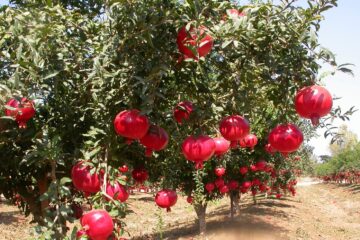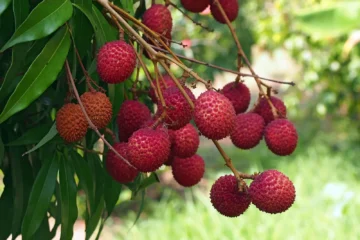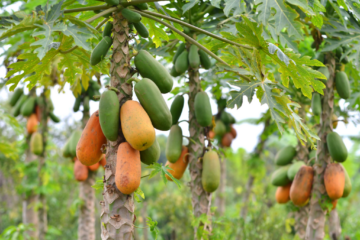Published in: October 2015
Pulses are a protein-rich food source, with pigeon pea (tuvarai) holding significant importance. It contains 22% protein, three times more than cereals. In India, pigeon pea is a primary source of protein for vegetarians.
In Tamil Nadu, pigeon pea is typically grown during the Aadi and Purattasi months, as well as in summer. However, it is most widely cultivated in the Aadi season. The average yield of pigeon pea in Tamil Nadu is 763 kg per hectare. To achieve higher yields, modern techniques and new varieties need to be employed.
Seasons and Varieties
- Aadi Season: Varieties include S.A.1, CO 5, 6, CO (Ph) 1, 2, Vamban-1, 2.
- Purattasi Season: Varieties include CO 5, CO (Ph) 1, 2, CO (RG) 7, APK 1.
- Summer Season: Varieties include CO 4, 5, CO (Ph) 1, 2, BSR 1, Vamban 1, S.A.1.
Planting Method
For planting, one kilogram of seeds is sufficient per acre. Treat the seeds with 4 grams of Trichoderma viride and let them sit for 24 hours. Then, mix the seeds with 100 ml of cooled rice gruel and 200 grams of rhizobium, and dry in the shade for 15 minutes before planting.
Use 6×4 inch polybags with 200-micron thickness, filled with a mixture of sand, soil, and manure in equal proportions. Plant one seed per bag, 1 cm deep, and water daily. Ensure proper drainage by making four holes in each bag. Keep the bags in the shade for 25-30 days before transplanting. Expose the seedlings to mild sunlight a few days before transplanting to harden them.
Soil and Land Preparation
Pigeon pea thrives in well-drained red or sandy loam soils. Plow the land well 2-3 times in March and April. Apply 5 tons of farmyard manure per hectare as a base fertilizer.
- Irrigated: Plant in rows 5 feet apart with 3 feet between plants.
- Rainfed: Plant in rows 6 feet apart with 3 feet between plants.
Prepare the pits 15 cm deep, mix soil and manure, and fill them 15 days before transplanting. Plant one seedling per pit. In intercrops, sow black gram, green gram, or soybean before transplanting pigeon pea seedlings. Irrigate immediately after planting and maintain moisture with 3-4 more irrigations as needed. Keep the field weed-free for 30-40 days after transplanting and earth up the plants to prevent lodging.
Fertilizer Management
- Rainfed: Apply 27.5 kg urea, 156 kg superphosphate, and 21 kg potash per hectare before earthing up.
- Irrigated: Apply 55 kg urea, 312 kg superphosphate, and 42 kg potash per hectare before earthing up.
Additionally, apply 10 kg zinc sulfate around the plants for higher yields. Pinch the growing tips at 20-30 days to encourage branching and increase yield.
Flower Shedding
Flower shedding can cause a yield loss of 10-20%. To prevent this, spray Naphthalene Acetic Acid (NAA) at 40 ppm during flowering and again after 15 days. Do not mix NAA with pesticides or fungicides. Spray in the early morning or evening for best results.
To reduce flower shedding and increase pod setting, dissolve 2.25 kg of pulse Wonder in 200 liters of water and spray at flowering and again after 15 days. This can increase yield by 10-15%.
Pest and Disease Management
- Varieties: Plant Vamban-1, 2, APK-1, or CO (RG) 7.
- Pest Monitoring: Install 12 pheromone traps per hectare to monitor Helicoverpa armigera moths. Set up 50 bird perches per hectare to encourage predatory birds.
- Mechanical Control: Collect and destroy caterpillars and beetles.
- Biological Control: Spray 1.5 liters of Helicoverpa NPV per hectare if there is caterpillar damage. If pest damage exceeds economic thresholds, spray 5% neem seed kernel extract or Profenofos at 2.5 ml per liter of water.
- Sap-Sucking Insects: Control with Imidacloprid at 0.4 ml per liter of water.
- Disease Control: To manage wilt and root rot, dissolve 25 grams of carbendazim in 10 liters of water and drench the plant roots.
Harvesting
Green pods can be harvested 150-180 days after sowing. The second harvest can be done 55-60 days later. Dry pods can be harvested at 210 days and again after 30 days. Dry the seeds to 10% moisture content and mix them with 1 kg of activated clay per 100 kg of seeds to prevent insect damage.
Yield
Green pods yield 1-3 kg per plant, and dry seeds yield 2,000 kg per hectare. By adopting these modern techniques and planting methods, farmers can achieve higher yields and increased income from pigeon pea cultivation.
Dr. P. Murugan, Agricultural Science Centre, Kattupakkam – 603 203.

